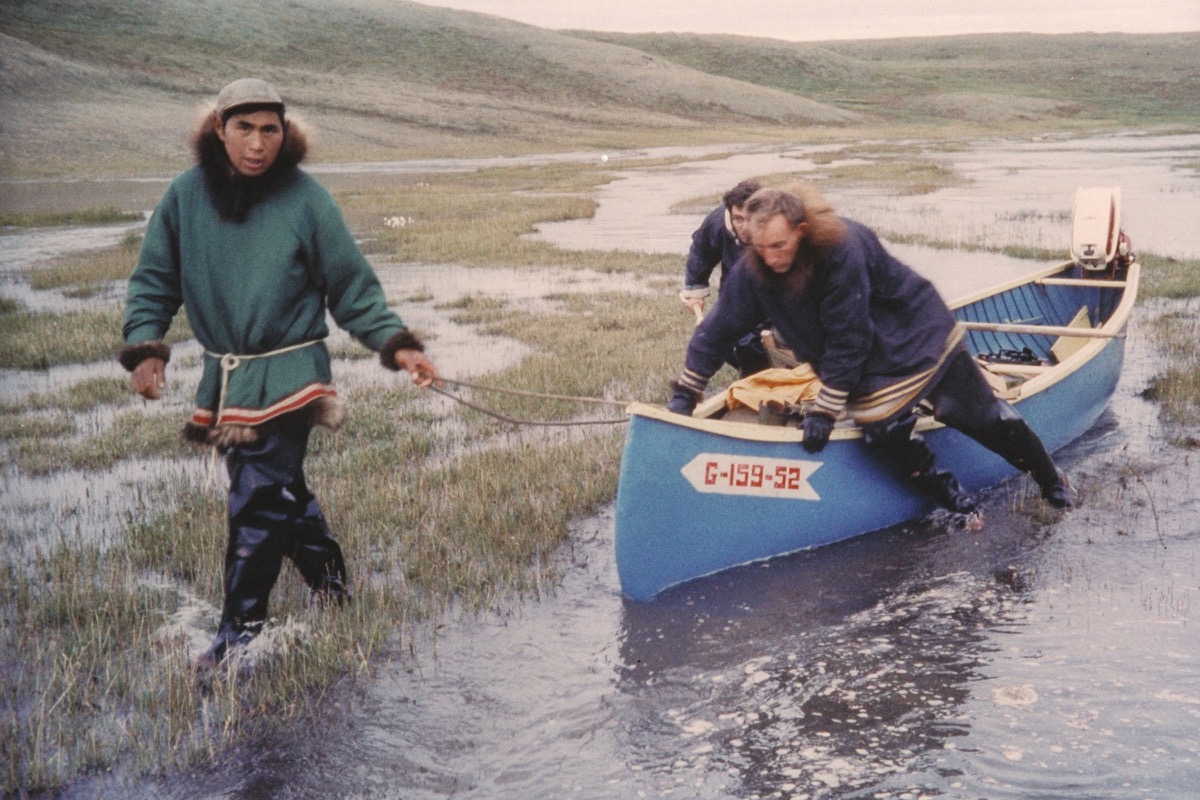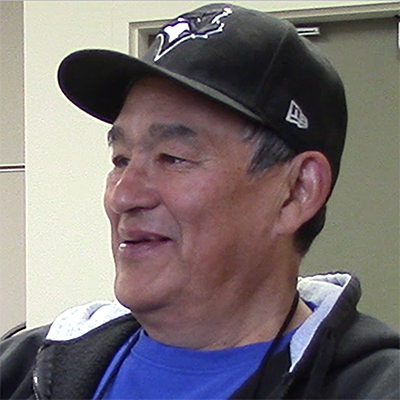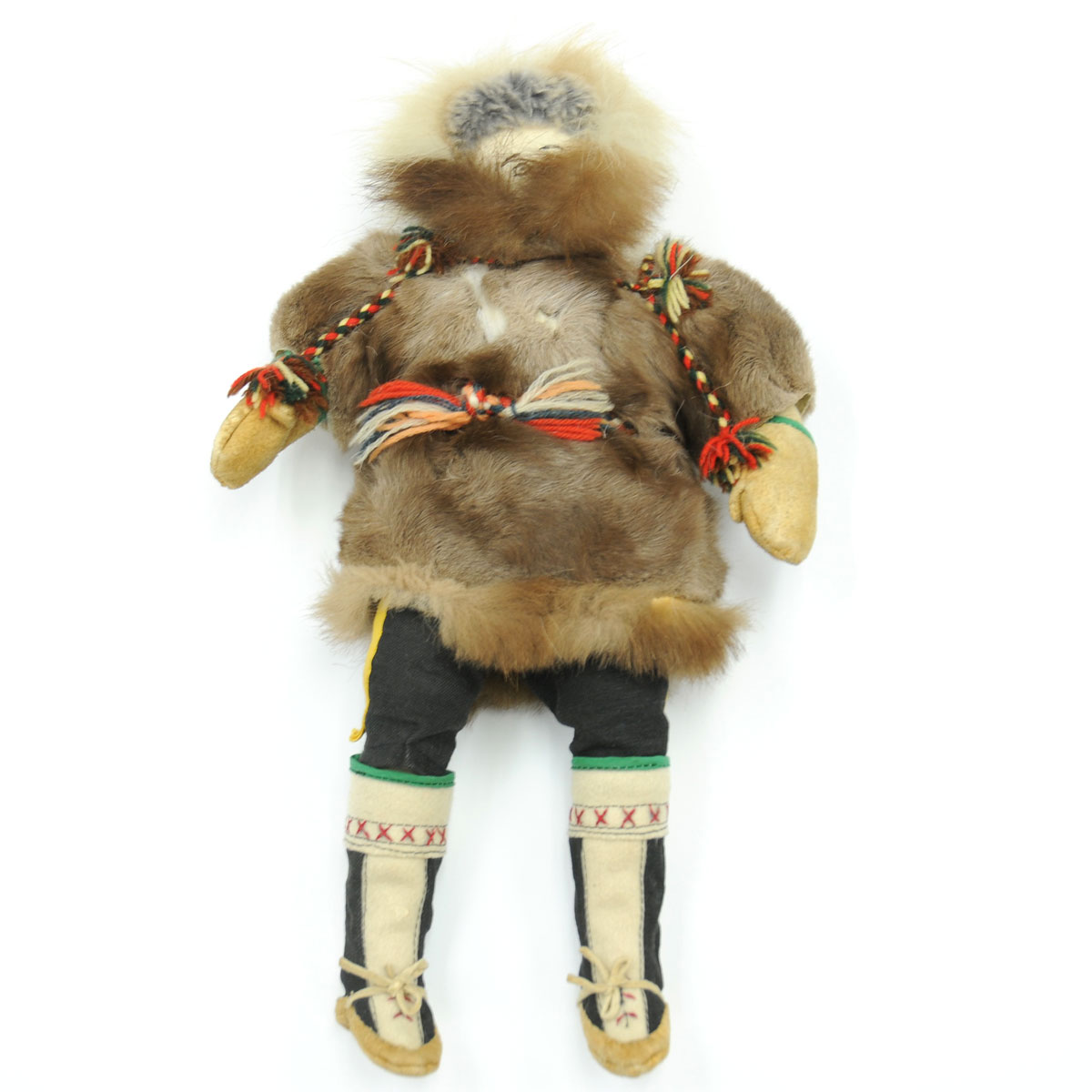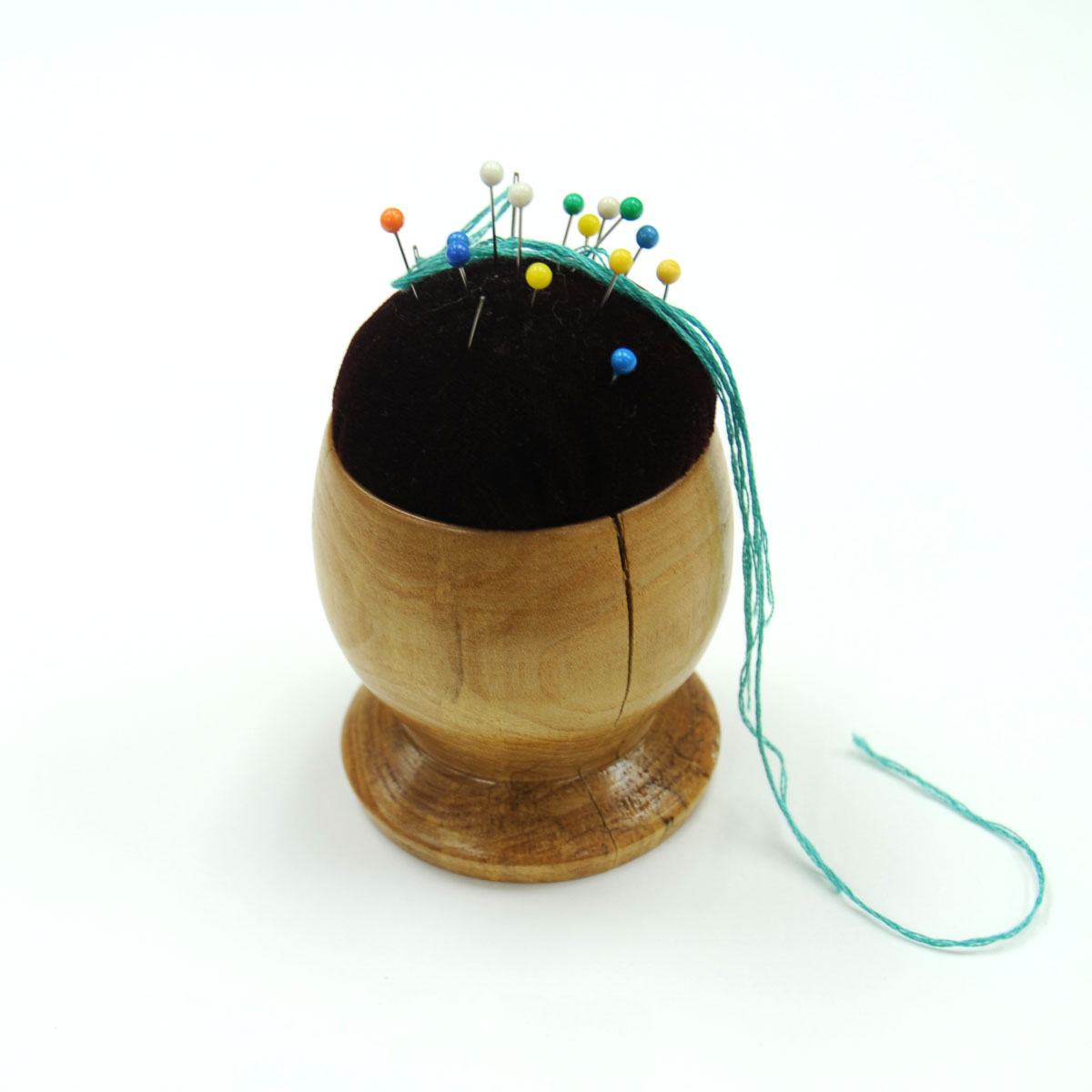Gogha gots’ereɂǫ
Ekw’ahtı̨ ke Dúhdá Elıgú Nę́nę́ k’eokerezhǫ́le t’á dánı̨́ nę k’e gots’edı́ goghagots’enehtę. Denewá ke goghágokenehtę t’á gots’ę́ nakedı. Ekúú t’ı̨́ gonı̨́dekı̨nıtł’é – gogha k’elu kehtsı̨, k’énagokele, latahketı̨, nákeze, łue mı̨́, tse ghálakeda hé k’ola békakeht’é.
S/Cst. Andrew Stewart loads a toboggan, Aklavik patrol, 1946. NWT Archives/N-2005-001:0093
Dúhdá dánı̨́ gots’edı yek’okereshǫ̨ gha góɂǫ. Asą́ą kudéle ch’á yek’eokereshǫ gha góɂǫ. Kw’ahtı̨ ejǫ gots’ę akı̨t’é kúlú ejǫ aket’ı̨ t’á Ewk’ahtı̨ chelekú ke gok’ékedı gha góɂǫ. Ekw’ahtı̨ dánı̨́ gots’edı yek’eokereshǫ gha góɂǫ.


S/Cst. Andrew Stewart prepares a camp meal, Aklavik Patrol, 1946.
NWT Archives/N-2005-001:0095

S/Cst. Peter Esau (left), guides Garner King and Cst. Bob Knights into Fish Lake, Sachs Harbour, 1958.
NWT Archives/N-1993-002:0277

Cutting fire wood, 1922.
NWT Archives/N-1979-004:0238

Police Interpreter hauling water, Aklavik, 1920s.
NWT Archives/N-1991-041:0029






















